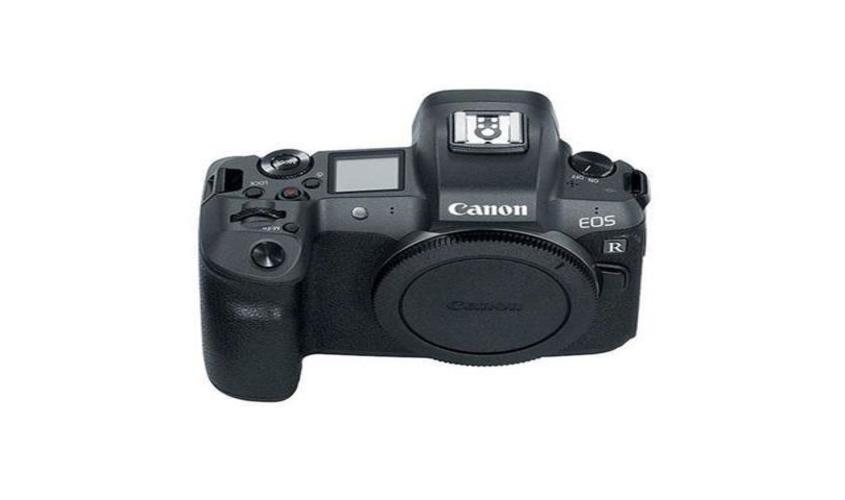
Camera maintenance and care tips
"Digital cameras, like most electronic devices, need extra care when being handled. They have sensitive parts that can be damaged by improper handling."
Digital cameras, like most electronic devices, need extra care when being handled. They have sensitive parts that can be damaged by improper handling.
These are the most common tips that can help you maintain your camera so that you can use it for a much longer time:
Avoid dirt and sand
Cameras are sensitive, especially their lenses.
Always clean the lens and the camera body with a clean cloth before you use it and avoid shooting in dirt and sand for long hours as much as possible because the camera lens is bound to easily catch dust.
Be extra cautious when shooting pictures on a windy day at the beach, where sand can blow with excessive force.
Also, avoid opening the battery compartment on such days. Or find a spot indoors or an area where you can safely interchange the lens and replace depleted batteries.
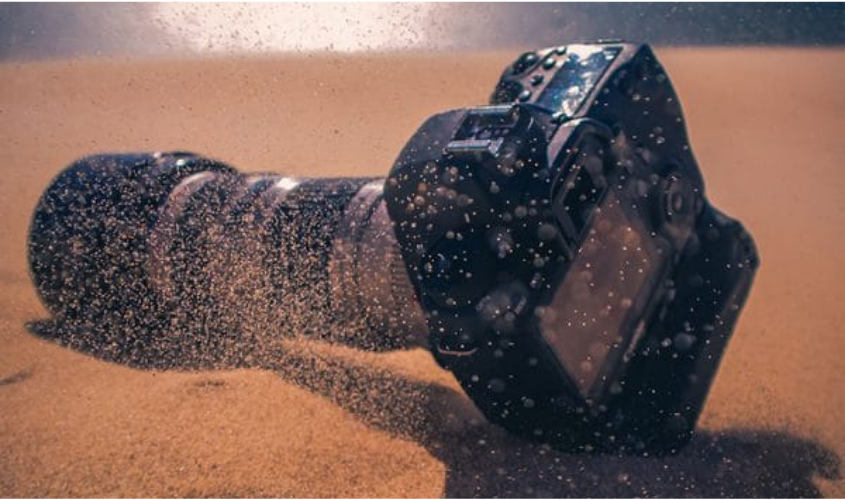
Avoid touching the lens and LCD
Your sensor is the brain of your camera, and it's completely possible to cause irreparable damage which is why these steps are so important.
Oils from your skin smudge the lens and LCD, eventually causing permanent damage. Clean the lens and LCD with a microfiber cloth when you see a smudge from your fingertips.
Avoid touching the sensor or cleaning it too much - because, realistically, it probably won't need it that often.
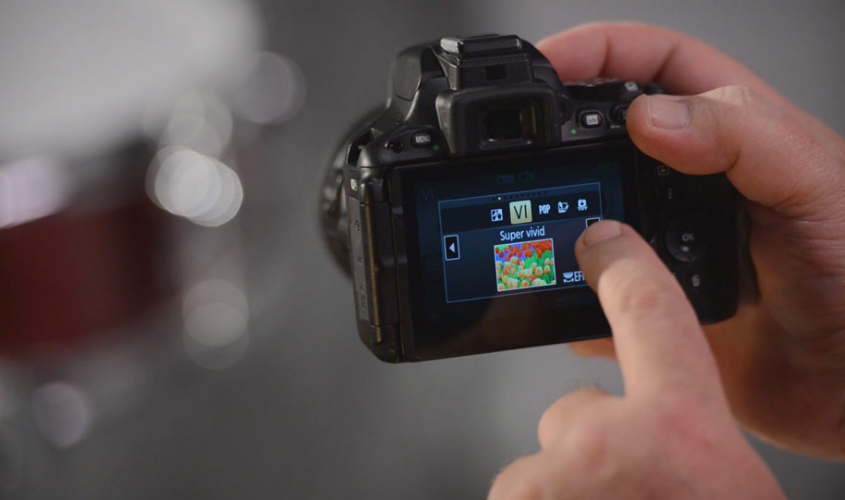
Avoid Exposure to Direct Sunlight for Long Periods
When the camera is exposed to direct sunlight for hours at a stretch, the seals that keep out dust and moisture can dry out and the lubrication on certain parts can evaporate.
Not just this, it can also overheat the battery, which is never good for any electronics product. You could instead use filters to protect your DSLR camera lens from direct sunlight.
Filters reduce the amount of light from entering the camera lens.
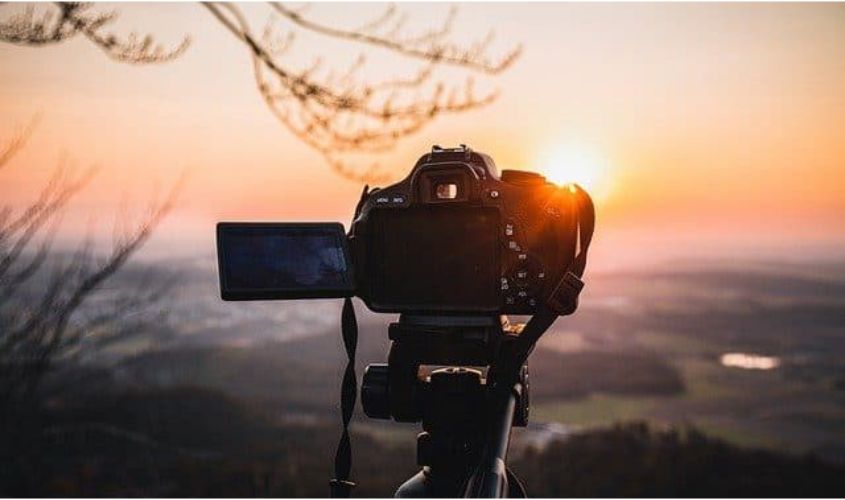
Battery Maintenance
When you see your battery life degrading, do not wait till it’s fully dead. Instead, purchase a new battery.
Also, never place batteries in places where the temperatures may go higher than 40°C.
This could cause malfunction and endanger the camera. When you are done shooting, turn off your camera instead of hanging it around your neck while it is turned on.
Also, ensure that flash is disabled for daylight shots.
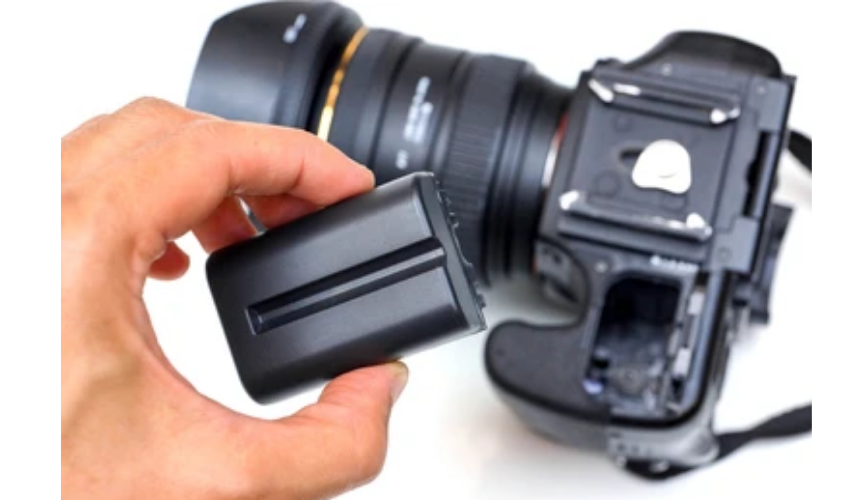
Extended Warranty Plan
Just like your mobile phone or tablet, digital cameras too come with just 1 or 2 years of manufacturer’s warranty.
Since a DSLR is more expensive and a long-term investment for many, it is wise to get it covered with the extended warranty plan.
If you can’t imagine your trips, parties, or other special occasions ruined without your camera, we recommend you buy an extended warranty plan.
Also Read:
Yamaha Exchange and Upgrade Camp | New Year 2022 |
Vianet launches yet another high speed, cost-effective internet plan
Skoda Slavia sedan set to launch in March 2022
How to decorate your home with Artificial Plants
How to self-care during your period
Things to check before starting your car
Benelli launched its first scooter "Panarea 125"
Updated Price of Ford Car in Nepal
Updated Price of Datsun and Nissan Car in Nepal






